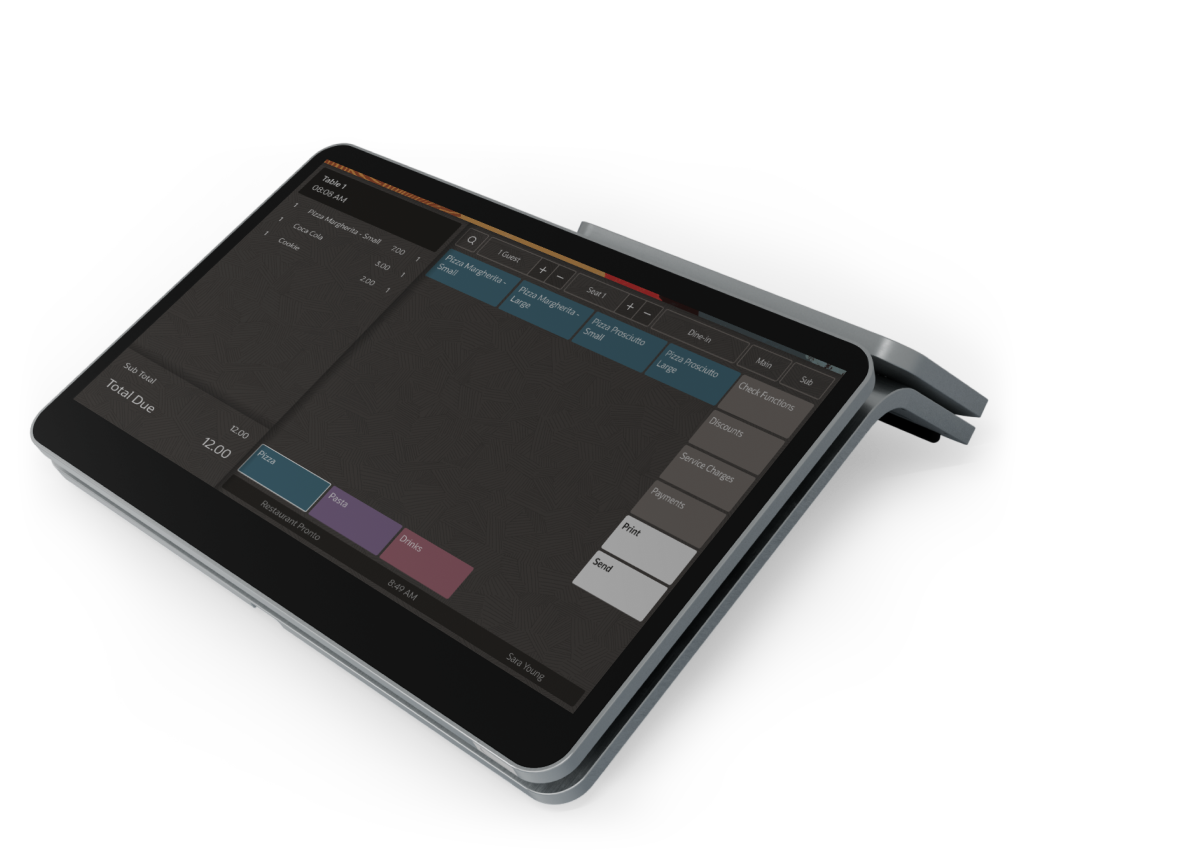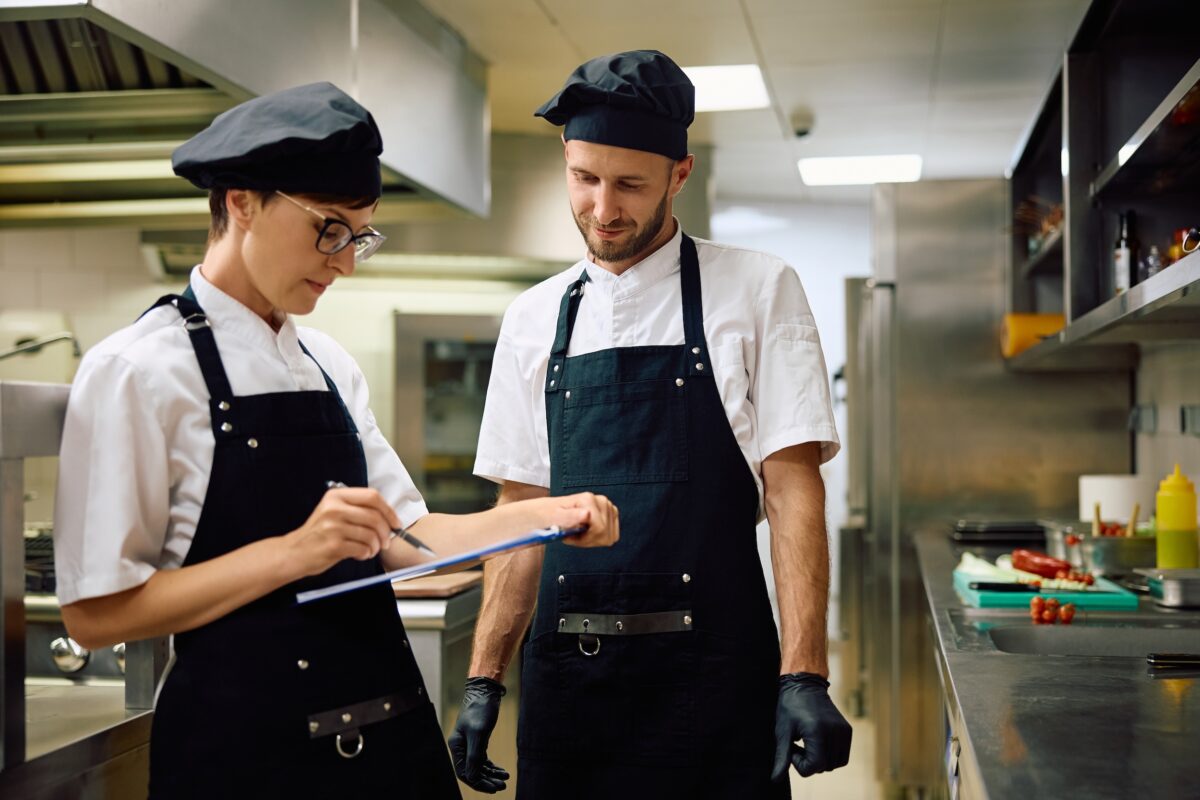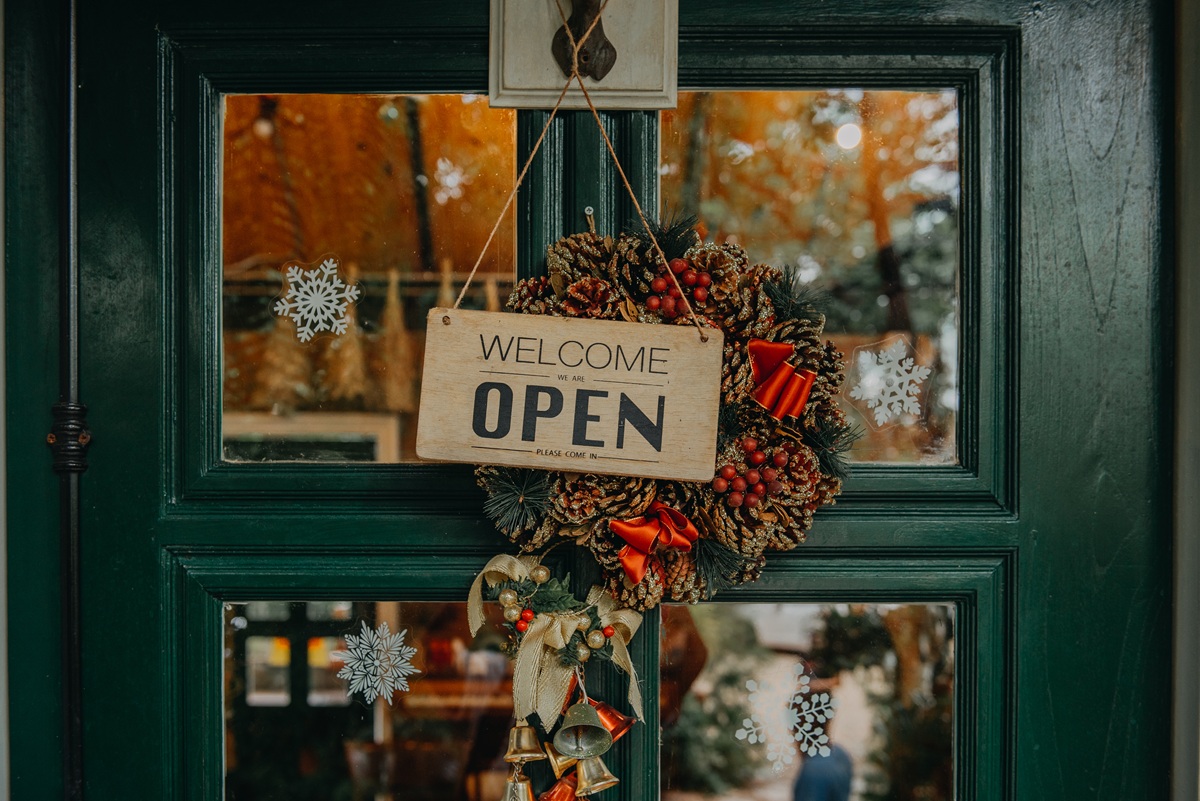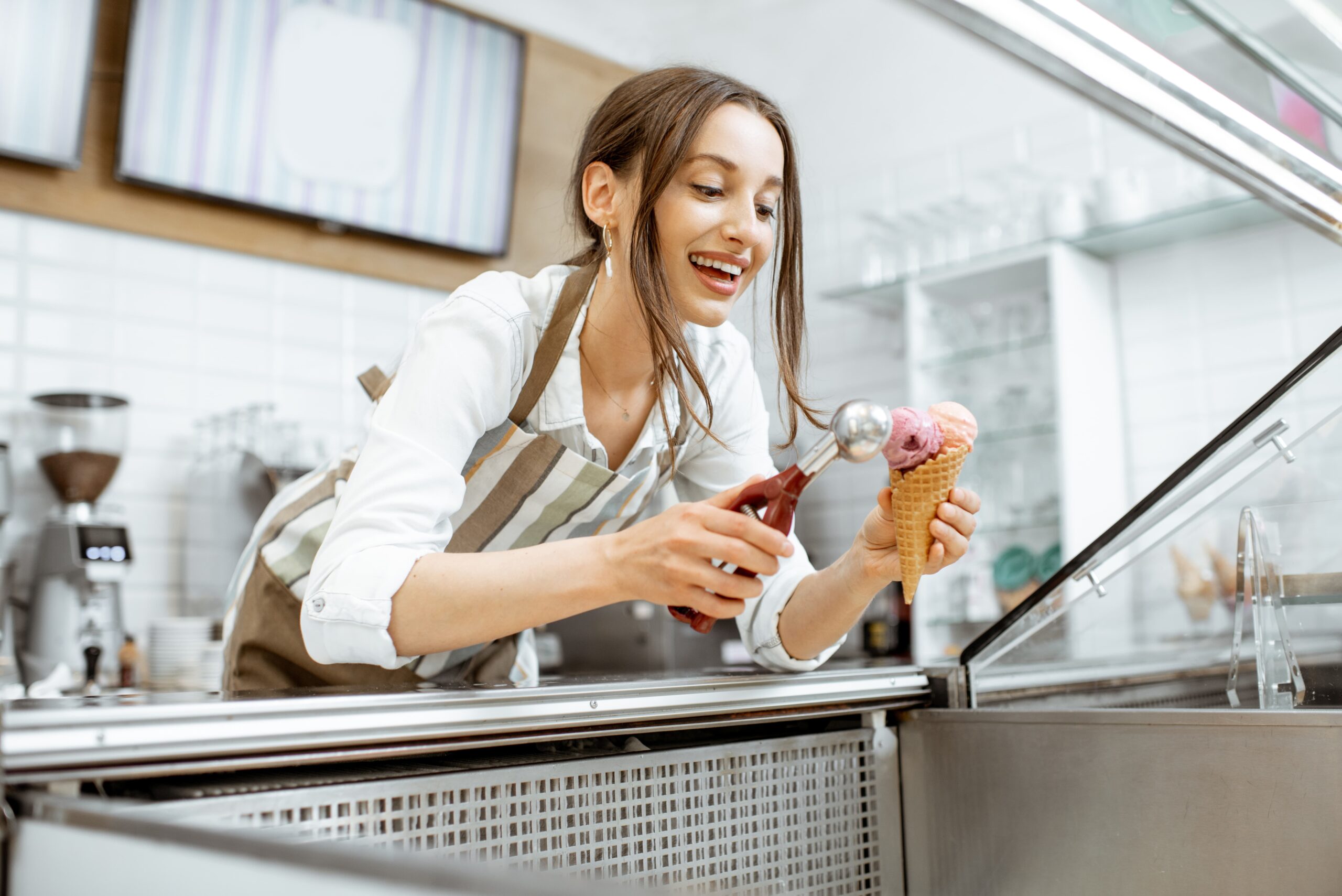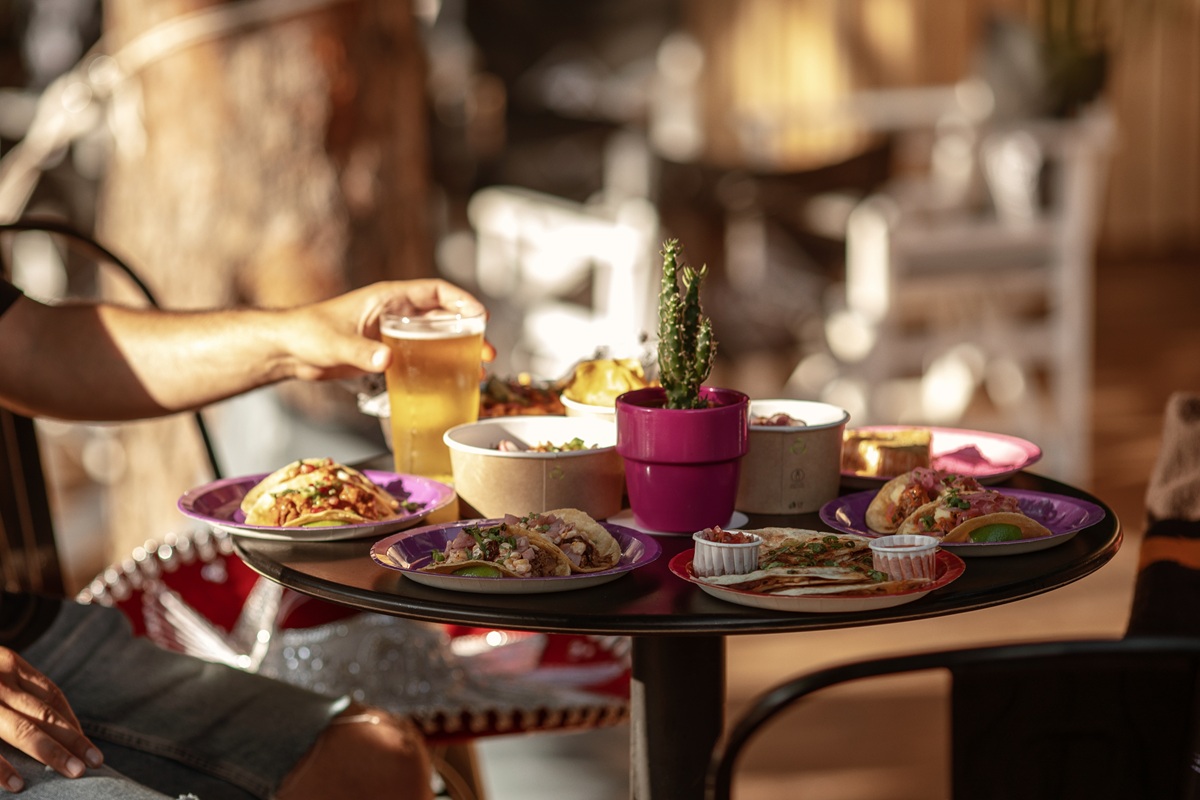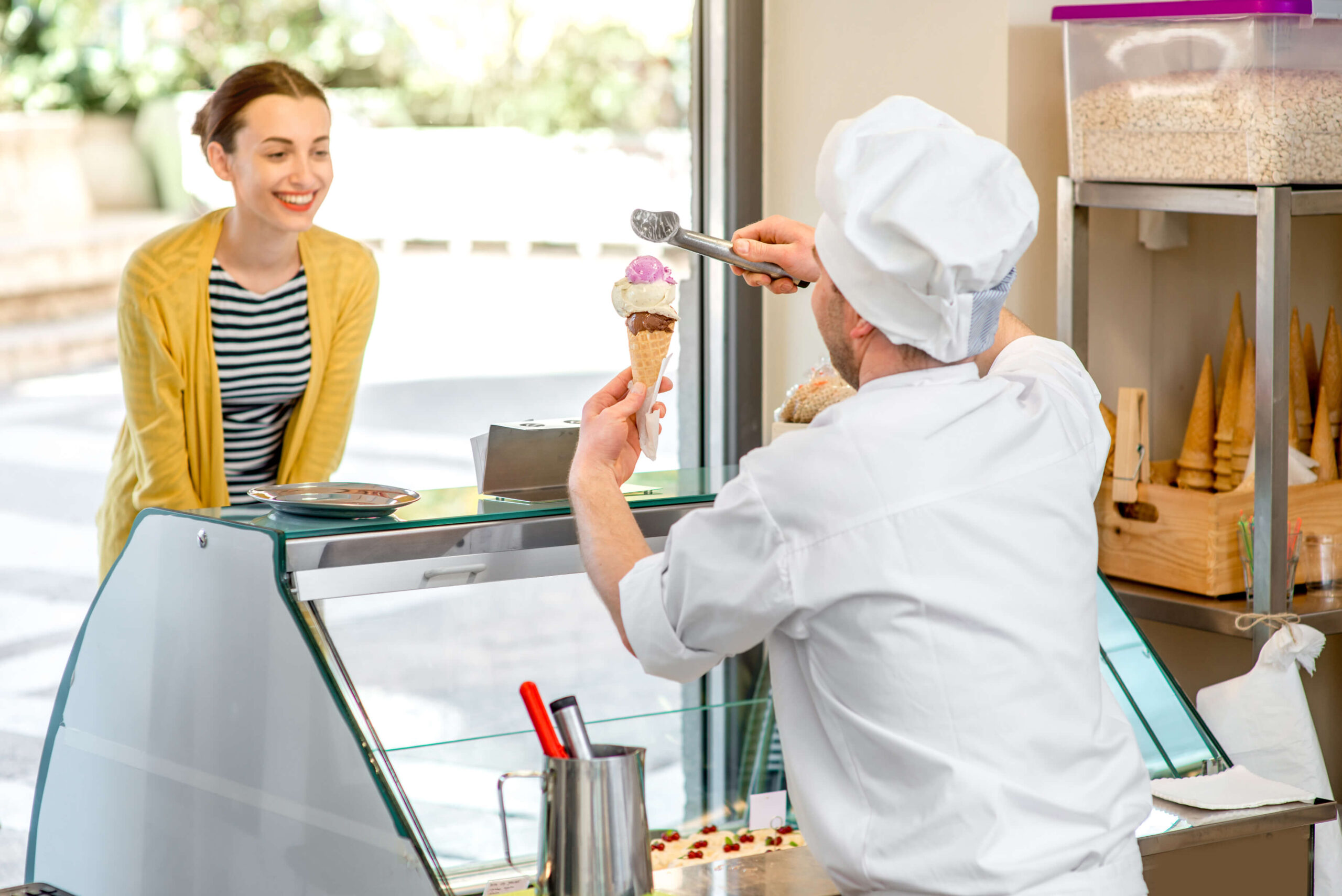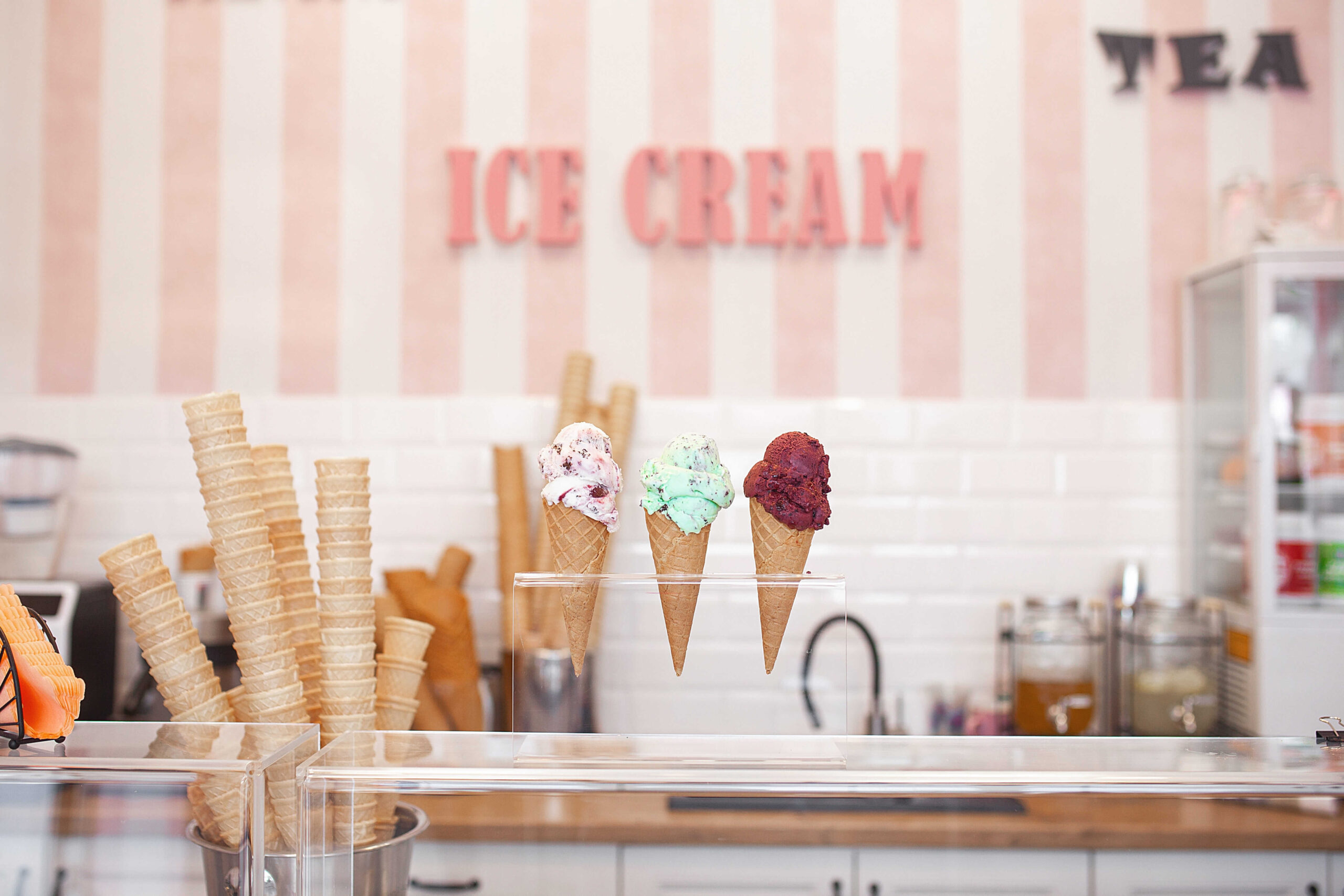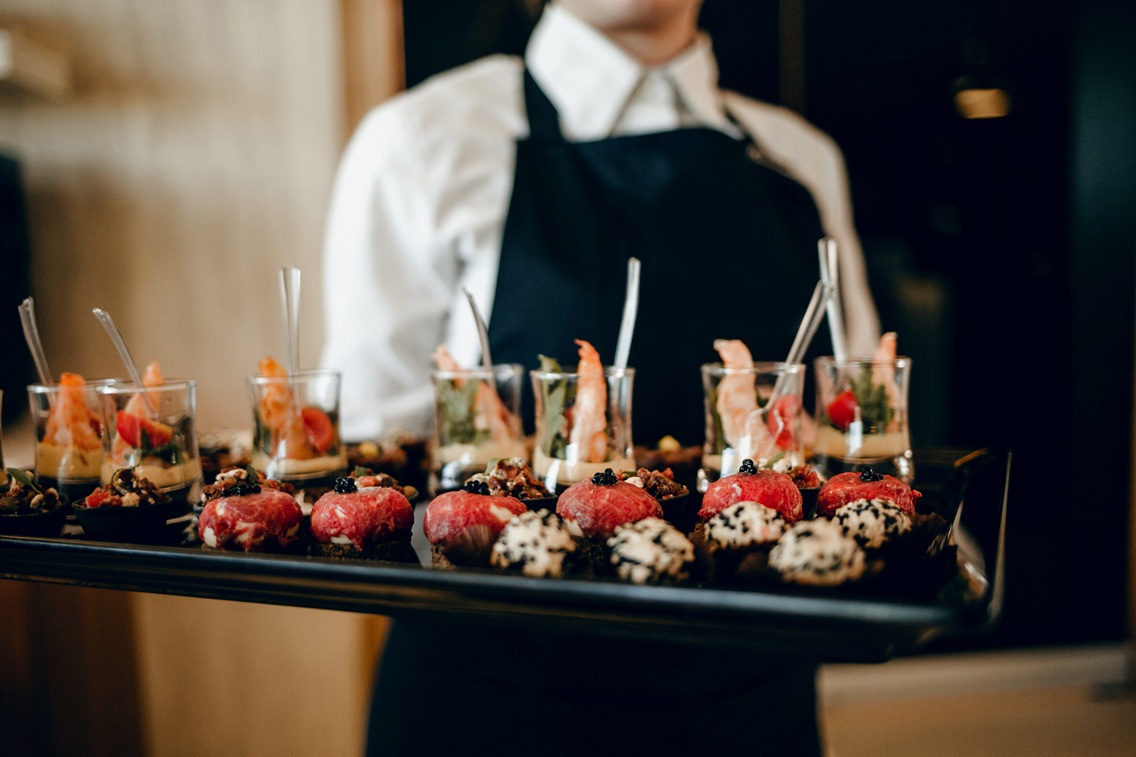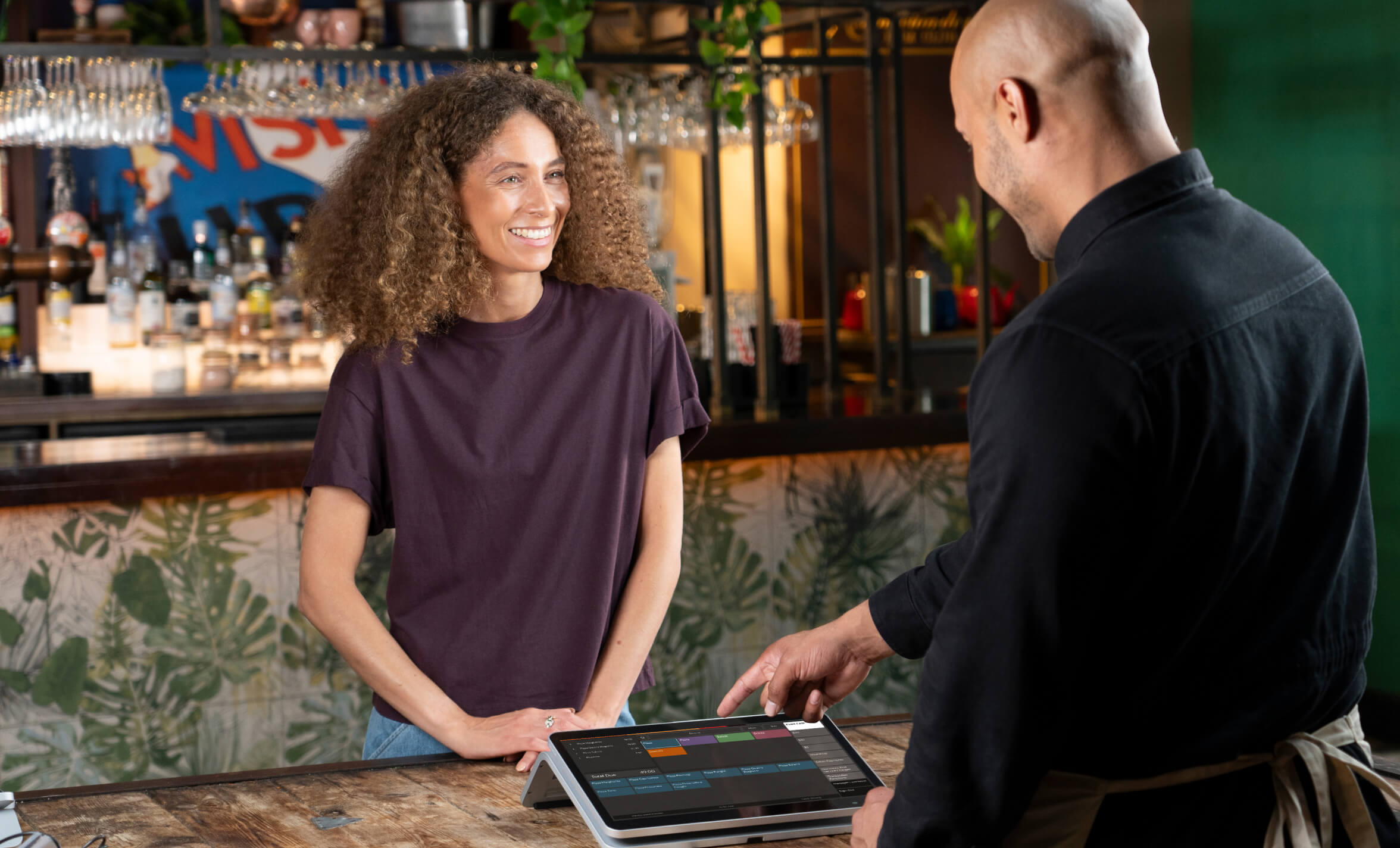- What Is Front of House in a Restaurant?
- What is Back of House in a Restaurant?
- Front of House vs Back of House: Everything You Need to Know
- Why You Need a Restaurant POS System to Streamline Communication Between FOH & BOH
- How to Get a POS System That Will Streamline FOH and BOH Communication
- Modern Challenges in Front of House vs Back of House Operations
- Tips for optimizing FOH and BOH workflow
- Wrapping up
- Frequently Asked Questions
- What are the Main Front of House Areas? – The front of house (FOH) includes all the customer-facing areas such as: The dining room, bar and host stand.Where staff create the guest experience.
- What are the Back Front of House Areas? – The back of house (BOH) covers the behind-the-scenes operations like: The kitchen, prep stations, storage areas.Where food is prepared and managed.
- What are the Most Common Back of House Positions – The most common BOH positions are: Head chef, Sous chef, Pastry chef, Line cook, Prep cook, Dishwasher, Kitchen manager and Maintenance team.
- The top Front of House Duties & Responsibilities are – Greeting and seating customers, managing online orders and reservations, serving food and handling payment transactions.
- The most important Back of House Duties & Responsibilities are: Preparing food orders transmitted from the FOH through the kitchen printers, menu planning and development, coordinating with the FOH staff to ensure fast and effective order delivery.
- Clear FOH-BOH communication is essential for smooth service, fast order delivery, and consistent food quality. Poor coordination between teams often leads to mistakes, delays, and dissatisfied customers.
- Using a restaurant POS system bridges the gap between FOH and BOH by streamlining order entry, improving accuracy, and syncing real-time updates between servers and kitchen staff.
- Effective training, well-defined roles, and the right restaurant management software can drastically improve efficiency and teamwork between the front and back of house.
- Regular feedback sessions, shared performance goals, and POS-integrated reporting tools help FOH and BOH teams stay aligned and deliver a better dining experience.
The key to running a successful restaurant lies in connecting your front of house and back of house operations through communication, collaboration, and smart technology.
When you think about how a restaurant runs, there are really two teams behind every plate served, the team guests see and the one they don’t. The success of any restaurant depends on how well those two teams communicate and move together.
What is the difference between front of house vs back of house? Front of house or FOH refers to the areas of your restaurant customers can see i.e. dining area and service counter. While back of house refers to the areas of your restaurant customers do not typically see, i.e. the kitchen and storage areas.
If you’re new to the restaurant industry or, you just want to dig deeper into two of its most well-known terms, you’re in the right place.
In this article, we’ll explore:
- The key differences between front of house vs back of house
- Their roles, responsibilities, and common job positions
- Technology solutions that improve communication and streamline operations
If communication breakdowns or workflow issues are slowing down your service, keep reading. The right tools and structure can transform how your teams work together.
Before we dive in, picture this: it’s Saturday night, the dining room’s packed, orders are flying in, and one misheard ticket can throw the kitchen into chaos. That’s the everyday tension between the front of house and back of house. And it’s exactly why understanding both sides matters.
What Is Front of House in a Restaurant?
In the restaurant industry, front of house, also called FOH, refers to all the customer-facing actions and areas in a restaurant’s daily flow.
For example, the dining area is part of the front of house, and so is greeting guests who come in.
A front of house synonym would be public-facing or guest-facing.
What is Back of House in a Restaurant?
Back of house, also abbreviated to BOH, refers to all the areas that customers don’t see, from kitchen to storage, staff break room, and office spaces.
It also includes all the operations that happen behind the scenes, from food preparation to stocking, or plating the dishes.
Front of House vs Back of House: Everything You Need to Know
Main front of house areas
To keep the front and back of house running smoothly, everyone needs to share the same goals. When both sides understand each other’s priorities, you get fewer gaps in communication and faster service.
When you’re walking into a restaurant, here’s what are considered front of house areas:
- Host station
- Dining area
- Waiting area
- Bar area
- Checkout counter
- Outdoor seating
- Customer bathrooms
Main back of house areas
These are all the behind-the-scenes areas of a restaurant:
- Kitchen
- Dishwashing area
- Storage area
- Food prep area
- Waste management area
- Loading dock area
- Employee break room
- Employee bathrooms
- Manager offices
- Maintenance area
The difference between the front and back of house is more than physical space. It’s also about who communicates what, and how quickly problems get solved.
Most common front of house positions
Depending on the size and scope of your restaurant, these are the most common positions covering front of house operations:
- Server
- Bartender
- Host
- Busser or food runner
- Cashier (most common if you also serve items over the counter)
- Shift supervisor
- Floor manager
- General manager
Most common back of house positions
Here is a list of the staff that would typically cover back of the house operations in a restaurant:
- Head chef
- Sous chef
- Pastry chef
- Line cook
- Prep cook
- Dishwasher
- Kitchen manager
- Maintenance team
- Accountants
Top front of house duties & responsibilities
What is front of house staff in charge of? Let’s find out:
- Greeting and seating customers
- Answering phones
- Managing online orders and reservations
- Taking dine-in orders
- Sending orders to the BOH staff
- Serving food
- Making and serving drinks
- Front of house customer service (i.e. presenting the menu, answering customers’ questions, addressing complaints)
- Upselling
- Handling payment transactions
- Resetting tables before they seat the next party
- Taking the dirty dishes to the kitchen to be cleaned
Top back of house duties & responsibilities
Moving on to the back of house architecture, here’s what your BOH staff is in charge of:
- Preparing food orders transmitted from the FOH through the kitchen printers
- Cleaning the dishes
- Cleaning and sanitizing all the kitchen surfaces
- Menu planning and development
- Managing supplies and reordering inventory
- Managing food waste
- Organizing inventory and cleaning supplies
- Following food safety standards
- Coordinating with the FOH staff to ensure fast and effective order delivery
At a glance
Main front of house areas: Lists guest-facing spaces like host station, dining area, bar, outdoor seating, and restrooms.
Main back of house areas: Lists kitchen, dishwashing, storage, employee break room, loading dock etc., showing that BOH covers many support functions.
Most common front of house positions: Positions like server, bartender, host, cashier, supervisor, floor or general manager.
Most common back of house positions: Roles such as head chef, sous chef, line cook, prep cook, dishwasher, kitchen manager, maintenance.
Top front of house duties & responsibilities: Includes greeting/seating guests, managing orders & reservations, serving, handling payments, upselling, resetting tables.
Top back of house duties & responsibilities: Includes food preparation, cleaning & sanitation, inventory management, menu planning, coordinating with FOH for timely delivery.
Must-have restaurant front of house software
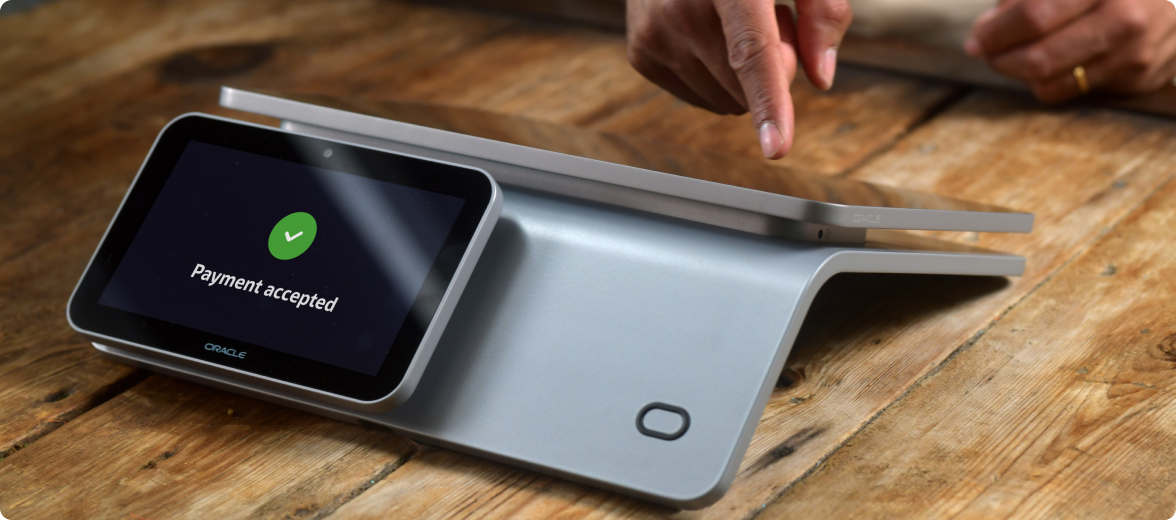
Technology can make your front of house staff’s work easier. Here is some software you should consider investing in for your FOH:
1.Front of house POS system
A restaurant POS system can help you:
- Quickly and easily process multiple types of payment
- Increase table turnover
- Reduce order errors
- Improve communication between FOH and BOH
- Keep track of inventory to prevent food waste
- Make informed business decisions based on information from your POS reports
2. Online ordering system
In this day and age, you can’t just rely on your dine-in sales if you want your restaurant to thrive and stand the test of time.
You should also accept pickup and delivery orders, which is a task that usually falls on your FOH staff’s shoulders.
But what if we told you that you could take that off their plates? How? By using the GloriaFood POS system, which comes with free built-in online ordering.
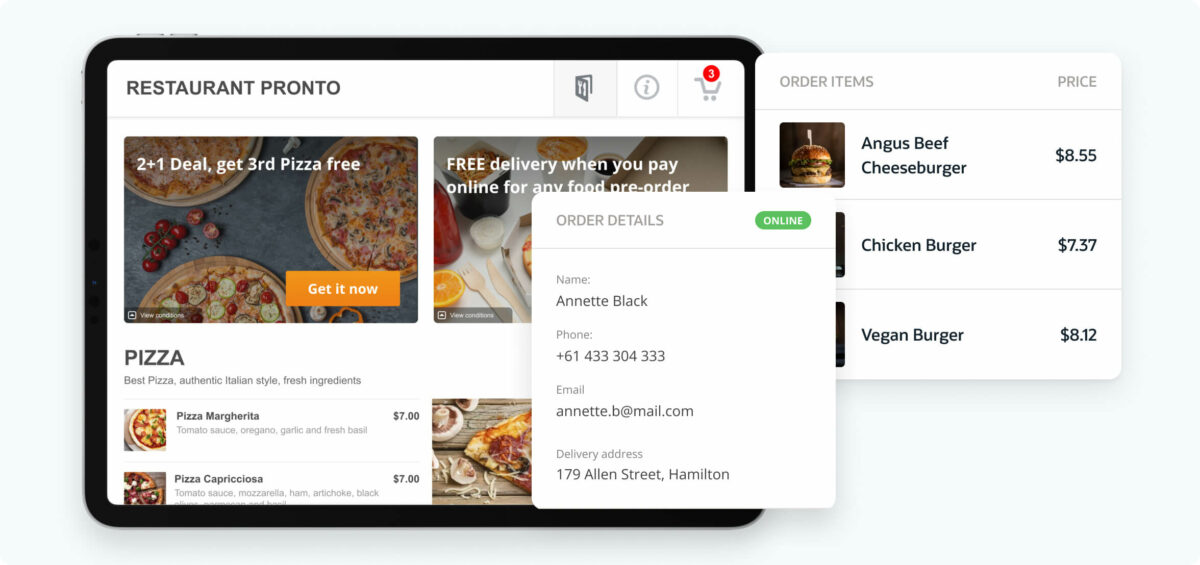
You can activate it in minutes, and orders will be automatically received by the POS and transmitted to the kitchen for preparation – zero effort from your FOH staff.
Here’s how a POS System with Online Ordering can increase efficiency in your restaurant.
3. On premise ordering system
Would you like to eliminate the back-and-forth that normally happens when a new customer comes in? (bringing the menu, taking their drinks order, coming back for the food order, etc.)
Replace your physical menu with a digital QR menu ordering code that customers can simply scan on their smartphones. They can then browse the menu, place an order, and pay for it, all without interacting with a server.
Good news for you: If you’re already using the GloriaFood POS and online ordering system, you can enable on premise ordering for free in seconds.
Simply create the QR codes, print them on flyers, and display them on every table. From now on, you can make unlimited changes to the menu without having to reprint them every time.
Curious to see how this works? Watch the video below to see how your customers will be able to order & pay by scanning a QR code.
P.S.: Take out your phone and scan it yourself to see 😊
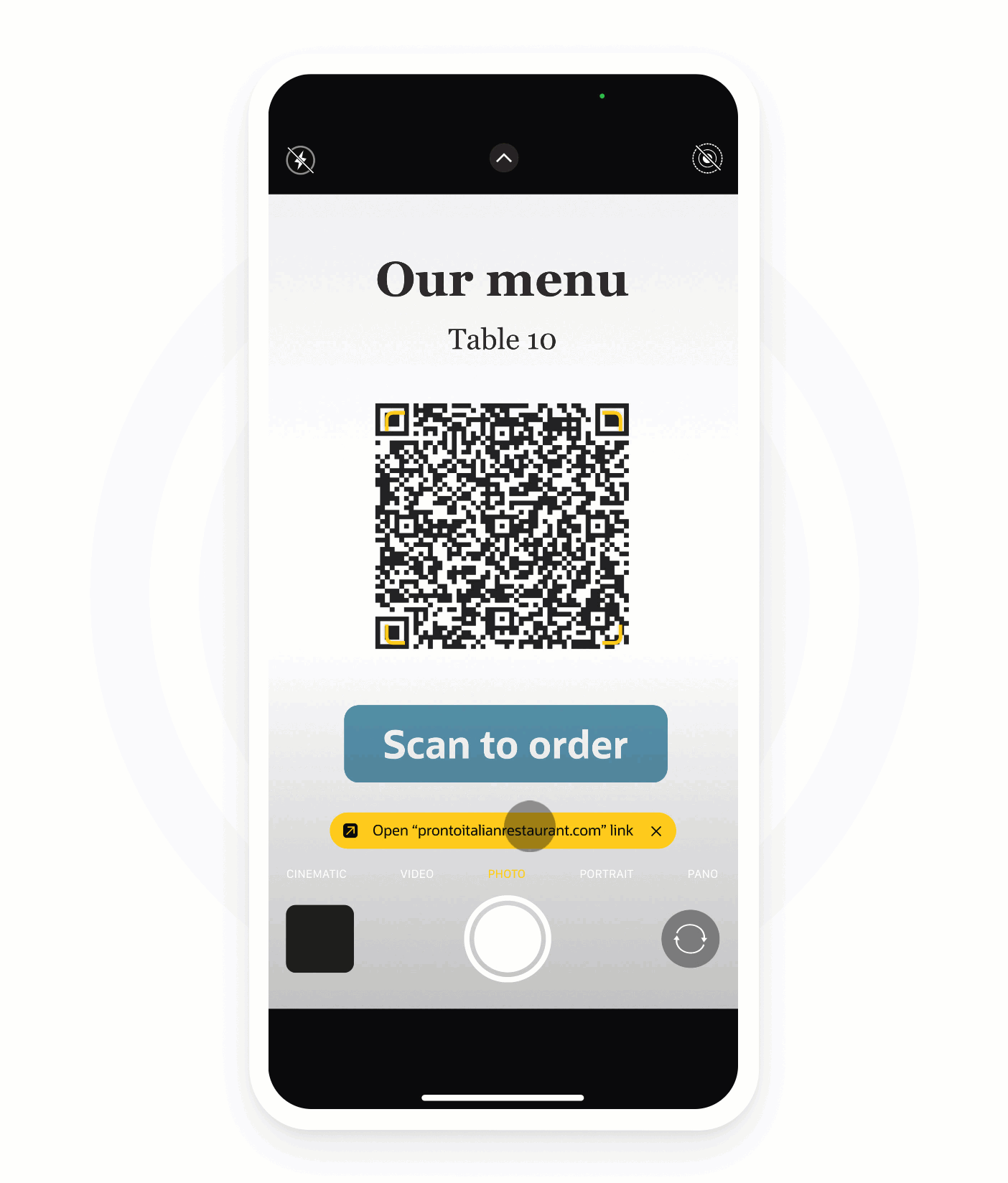
Check out this video tutorial to learn how to enable on premise ordering:
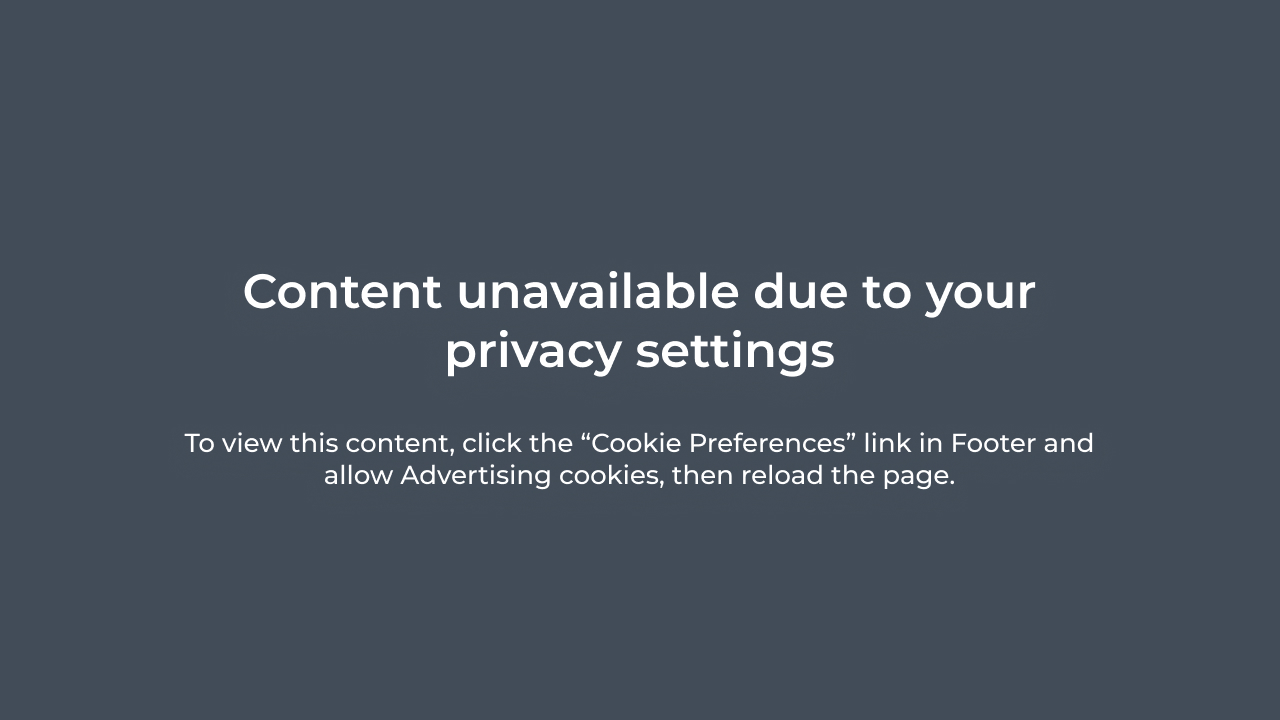
4. Table reservation system
Your front of house staff is not only in charge of accepting online orders, but reservations as well.
No need to look for a separate service to help you accept table bookings. You can do it from your GloriaFood restaurant dashboard.
And there’s more! You can also enable the pre-order feature that lets your customers order and pay for their food in advance when they book a table.
That way, you can attract customers who are in a hurry and just want to stop by for a quick meal.
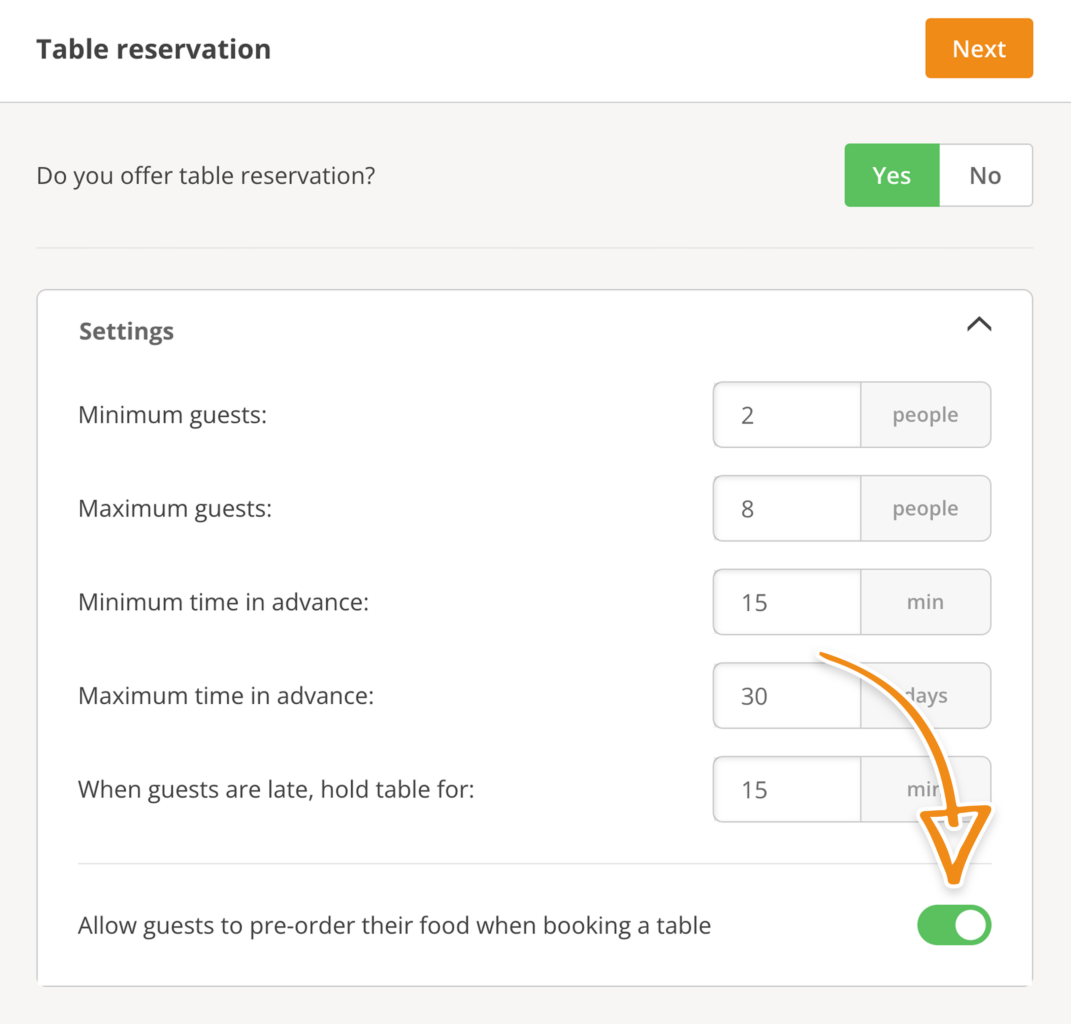
At a glance
FOH technology includes POS systems, online ordering, QR code menu ordering, and table reservation tools, all aimed at improving guest experience and operational efficiency.
Unite Your Front and Back of House Teams
Discover how GloriaFood POS bridges kitchen and service communication gaps to deliver faster, more accurate orders
Try It TodayRestaurant back of house software you can try
To ensure your back of house staff work better and faster, here are some tools you should consider:
1. Kitchen display system
A kitchen display system, also called a KDS, is a digital screen that can show orders to your kitchen staff in real-time.
They are a useful but potentially pricey option, especially if you run a small restaurant. If budget is on your mind, buying one or several dedicated kitchen printers will do the trick.
GloriaFood POS offers some of the most reliable kitchen dot printers on the market. Here’s why:
- Designed to withstand temperatures of up to 50 degrees, which can be common in a restaurant kitchen;
- Capable of supporting up to 90% humidity;
- Print without ink so you don’t run the risk of smudges or only partially printing an order;
- Optimized for high-speed throughput and crisp printing;
- You can print right-side-up or provide two-color printing for exceptions.
Learn how Restaurant printers can save you time and money.
2. Inventory management system
This tool helps you easily track stock levels and know when it’s time to repurchase an ingredient. It can also help minimize waste and food costs, so it comes in handy in any restaurant kitchen.
If you can’t afford a separate inventory management system, look for a POS with inventory functions, such as the GloriaFood POS.
You can keep track of stock levels by setting a quantity for every menu item and updating it as you go along.
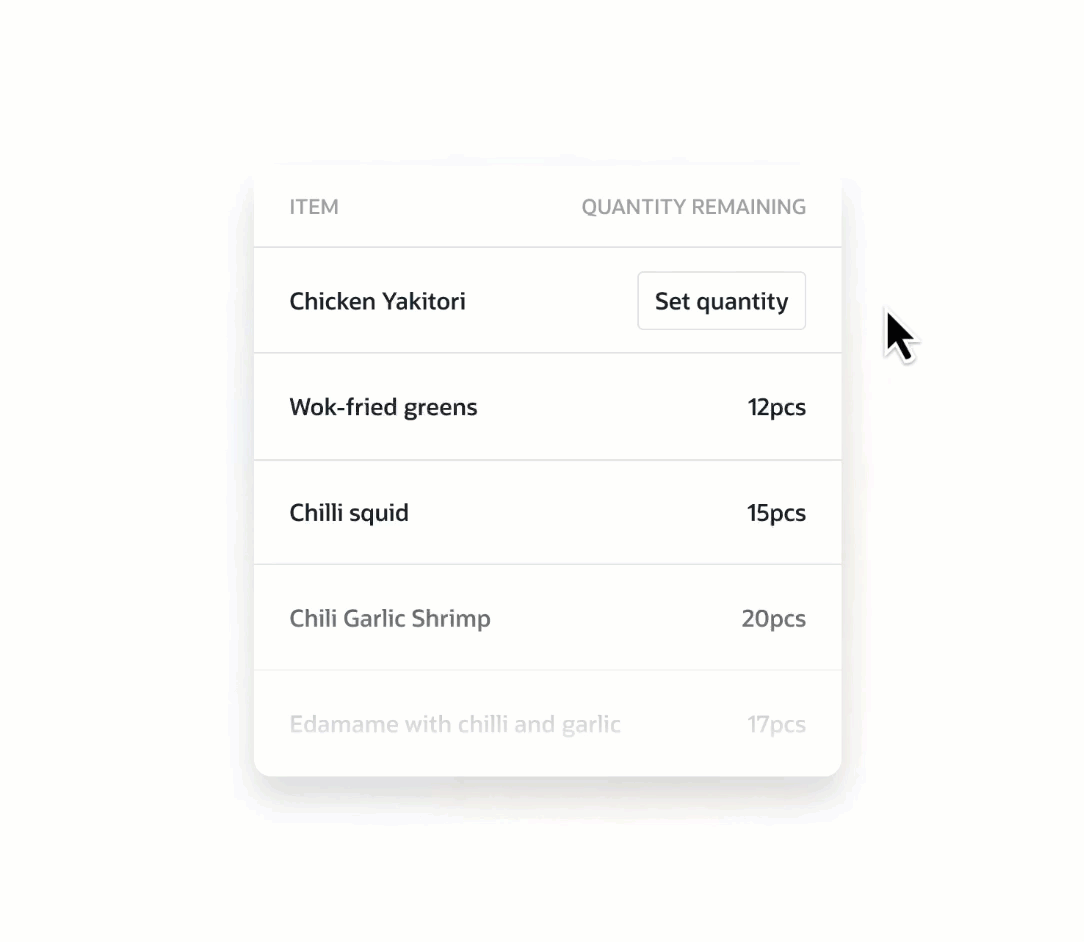
Plus, if you’re also using GloriaFood to accept orders online and on premise, items will be automatically marked as out-of-stock on the menu when you input quantity 0 on the POS.
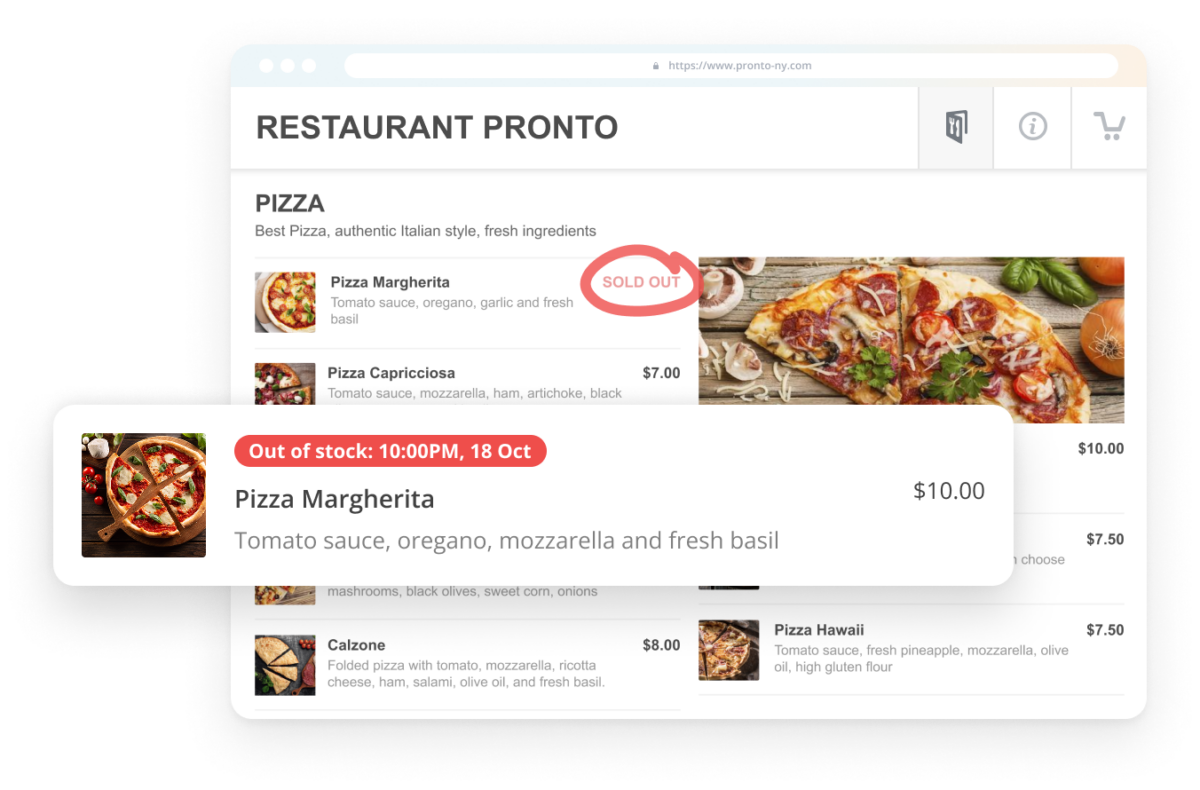
This way, customers make informed decisions and can always be in the loop about what items are available for them to order.
3. Employee scheduling software
Employee scheduling software can help larger restaurant chains or franchises automate their staff’s schedules due to the large number of employees.
If you own a small restaurant with few employees, the high price point of such a tool might not be worth it for you.
4. Restaurant procurement software
You can automate purchasing inventory and other goods with restaurant procurement software. However, this can cost up to $75,000 a year. Unless you can afford to invest in this type of technology, you can designate someone on your team to be in charge of procurement.
At a glance
BOH technology highlights tools like kitchen display systems (KDS), inventory management, employee management, and procurement systems that support the kitchen and behind the scenes workflows.
Why You Need a Restaurant POS System to Streamline Communication Between FOH & BOH
Balancing front of house vs back of house operations can prove tricky if you don’t know where to start.
When orders move smoothly from the server to the kitchen, customers notice. When they don’t, they really notice.
You should start with a POS system. Why? Because it provides instant communication between your FOH and BOH.
For example, you can connect multiple printers to your POS workstation for different kitchen destinations. Then, assign specific printers to different menu categories.
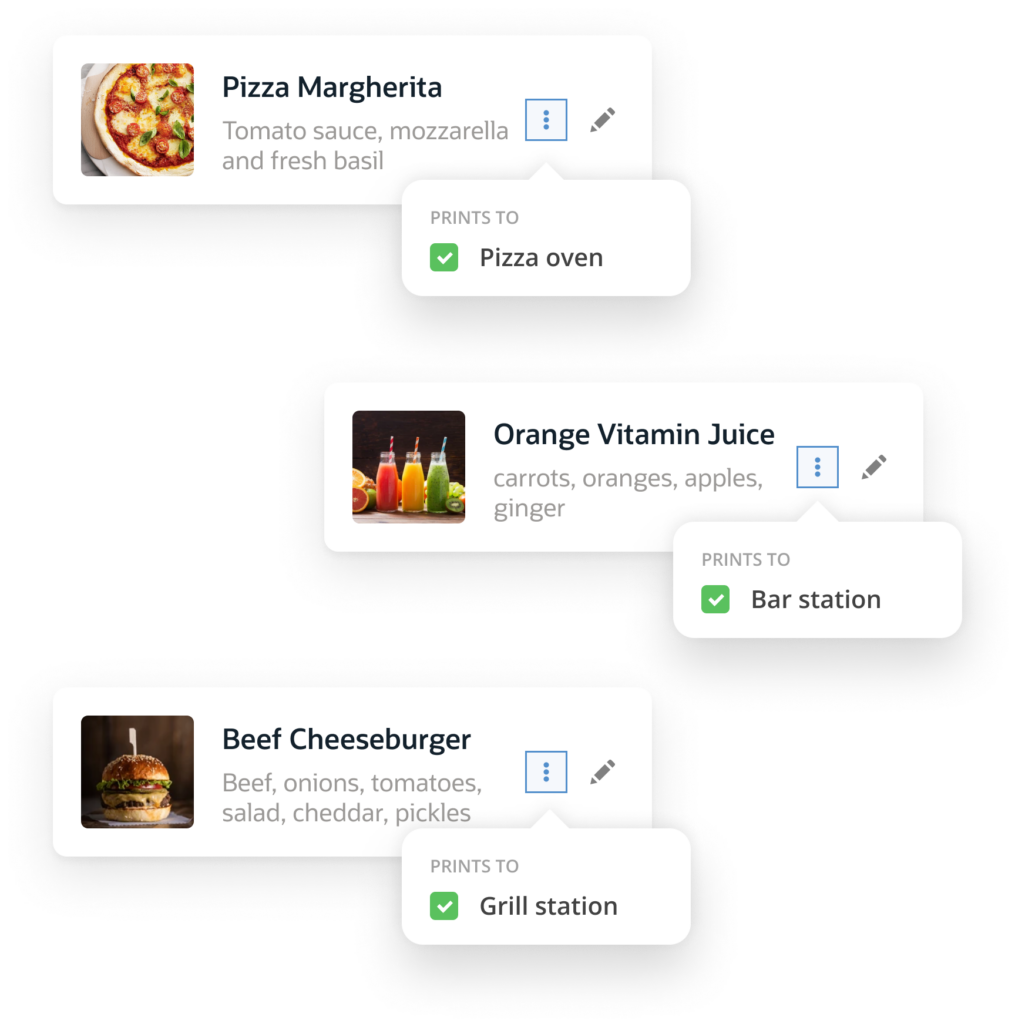
That way, when an order is sent to the kitchen, it will go directly to the designated printer, so the kitchen staff can start working on it ASAP.
This automated process also lowers the risk of human error (e.g.: the server speaking the order out loud in a noisy kitchen and the chef misunderstanding).
And you know what the best part is? This communication between your FOH and BOH won’t be affected by technical issues like an unreliable internet connection.
GloriaFood POS’s offline mode ensures you can continue your work as usual, including order-taking, sending orders to the kitchen, and payment processing, without missing a beat.
At a glance
A POS system acts as a bridge between FOH and BOH, enabling faster, more accurate order communication, reducing errors and delays, and thus enhancing guest satisfaction.
How to Get a POS System That Will Streamline FOH and BOH Communication
Step 1: Create your account
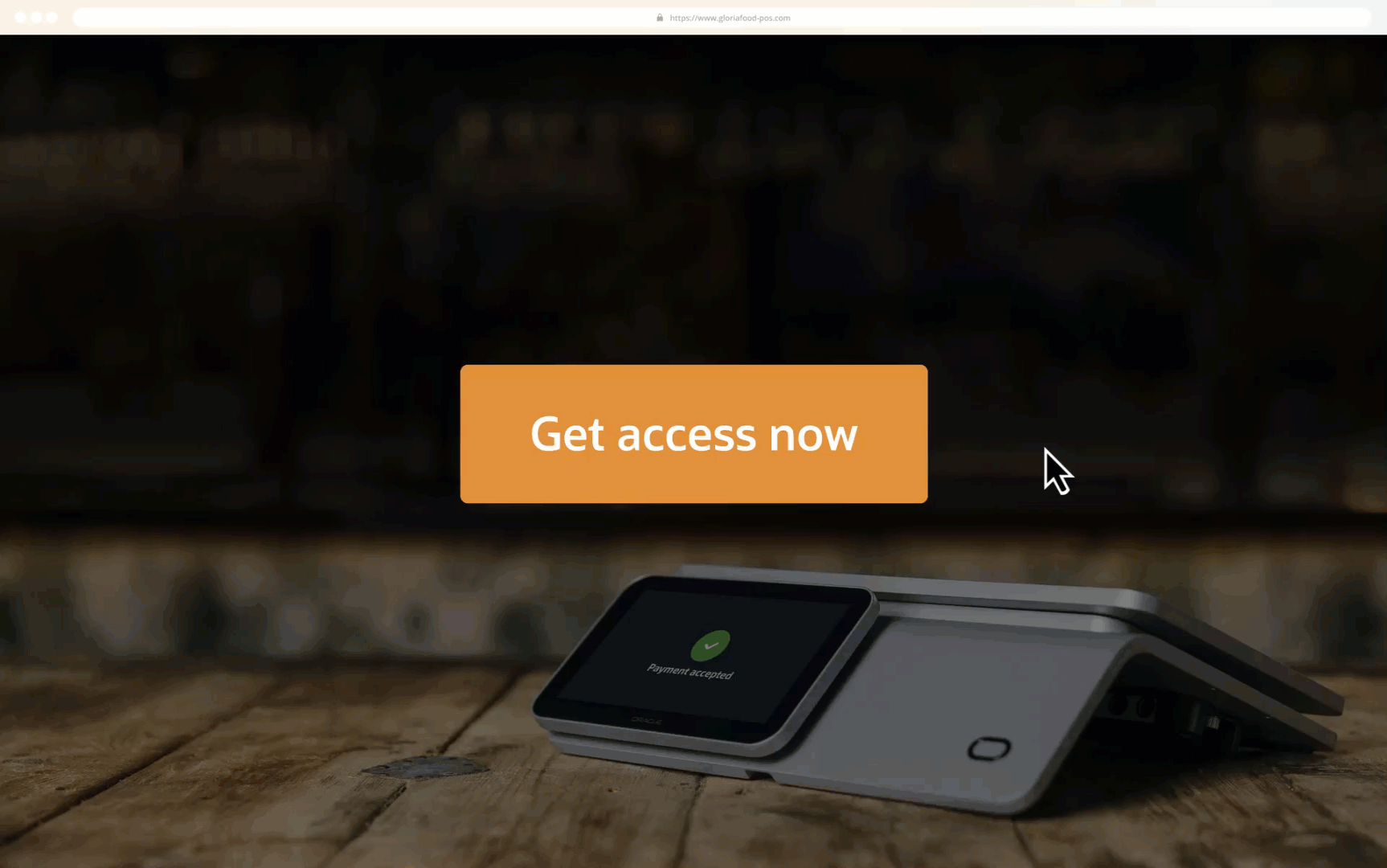
Step 2: Choose your hardware
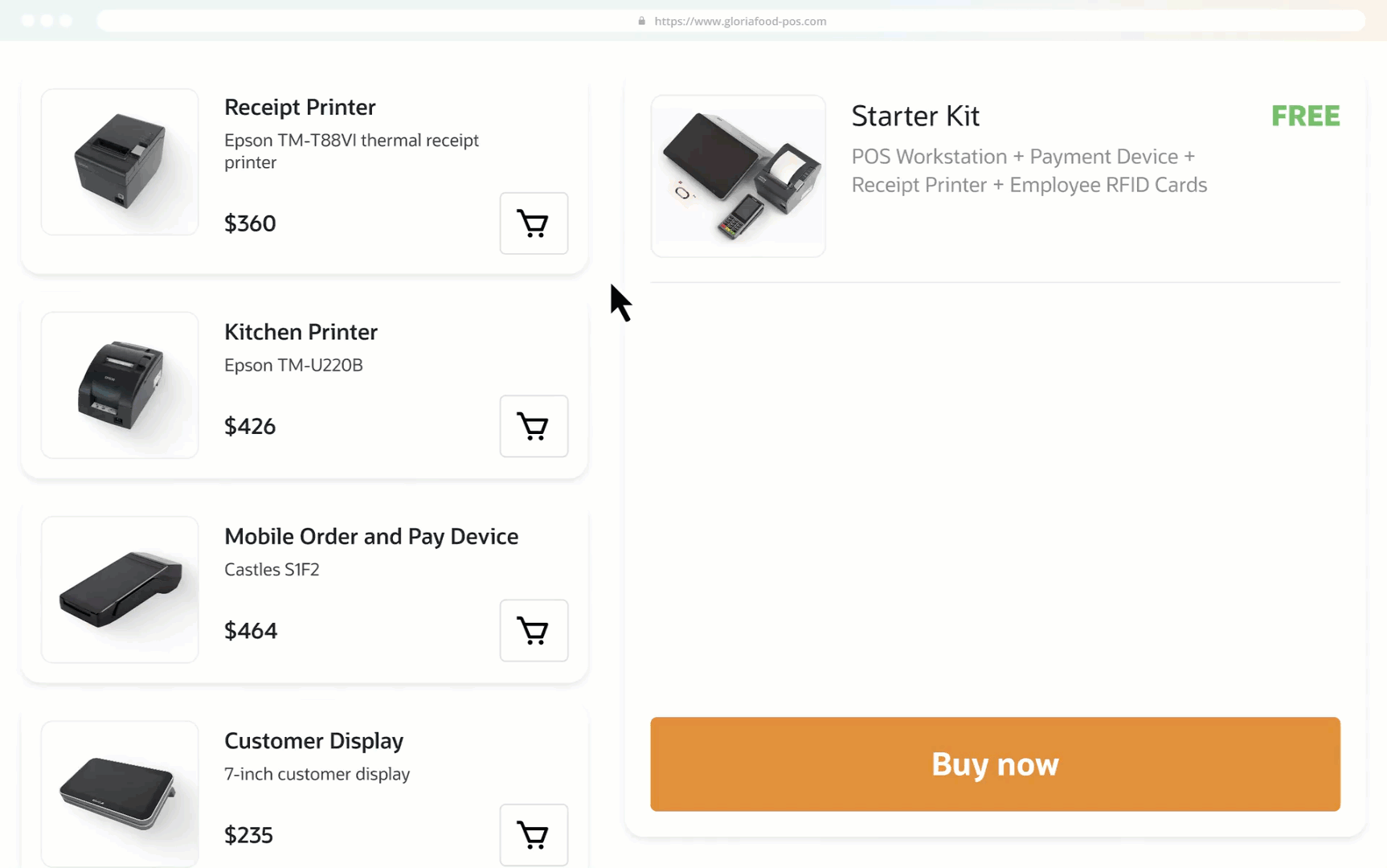
Step 3: Easily set up your terminal
Modern Challenges in Front of House vs Back of House Operations
Modern restaurants must balance rising customer expectations with labor shortages, and new technologies. They need to do this while keeping smooth communication between FOH and BOH. Balancing these two areas can prove to be particularly difficulty. Many of the industry’s most common issues come from these two important teams not being on the same page.
One major challenge is communication breakdown. Menus are becoming more customizable and service models more complex. Even small miscommunications between servers and kitchen staff can lead to errors, wasted food, and frustrated guests.
The adoption of new Technology is another important point. While tools like POS systems and kitchen display systems are designed to connect FOH and BOH, improper usage or poor integration can slow down service rather than improve it.
Labor shortages in the restaurant industry complicate matters even more. With fewer skilled staff available, both FOH and BOH teams are often over worked. This leads to burnout and costly mistakes during peak hours. All the while, customer expectations have matured. Foodies expect faster service, more accurate orders, and real-time updates. This requires tight coordination between both sides of the operation.
The shift toward online ordering and delivery has changed traditional workflows. Restaurants now need to juggle dine-in, takeout, and third-party orders without putting too much pressure on kitchen staff or service quality.
Restaurants face constant pressure to cut food waste and speed up prep without sacrificing quality. When orders come in last minute, ingredients spoil and staff rush. A pre-ordering system from GloriaFood changes that. It gives the kitchen a clear idea of what’s coming, so chefs prep smarter and that results in less waste and faster service.
These challenges can be solved by learning how to manage FOH and BOH as one unified system. Supported by clear communication, well-integrated technology, and a shared commitment to guest satisfaction.
Tips for optimizing FOH and BOH workflow
- Implement a unified POS system: Use a modern POS that connects FOH orders directly to BOH displays or printers to eliminate handwritten errors and reduce ticket times.
- Standardize communication protocols: Train staff to use clear, consistent language for order modifications, special requests, and allergy notes to prevent misunderstandings.
- Streamline menu design: Simplify the menu to improve kitchen efficiency and help servers learn dishes faster, reducing confusion during peak hours.
- Establish clear prep and plating stations: Organize BOH work areas by task to minimize cross-traffic and maintain speed and consistency.
- Schedule pre-shift meetings: Brief both FOH and BOH teams on expected volume, menu changes, and VIP reservations to align expectations before service.
- Encourage feedback loops:Create regular check-ins between FOH managers and kitchen leads to identify recurring issues and refine processes continuously.
Wrapping up
Are front of house vs back of house operations giving you a headache? There is a quick and easy way to streamline operations between your restaurant’s two main teams: a POS system.
The right POS system will improve communication between FOH and BOH, which will lead to happier employees and equally happy clients.
What are you waiting for? Give GloriaFood POS a try.
Frequently Asked Questions
Front of House (FOH) refers to the customer-facing areas and staff, while Back of House (BOH) refers to the behind-the-scenes areas and staff.
FOH jobs involve direct interaction with customers and include positions like:
- Servers
- Bartenders
- Host/Hostess
- Restaurant Managers
- Bussers
- Front desk Associates
BOH positions are responsible for food preparation, inventory management, and keeping a clean kitchen environment. Some common BOH jobs include:
- Chefs
- Sous chefs
- Dishwashers
- Line cooks
- Executive chefs
The most important skills for FOH staff are:
- Customer service
- Problem-solving
- Conflict resolution
- Attention to detail
- Interpersonal skills
- Communication
- Organization
The most important skills for BOH staff are:
- Time management
- Attention to detail
- Inventory management
- Problem-solving
- Physical endurance
- Communication
- Teamwork
BOH staff rely on a mix of clear verbal communication, non-verbal cues, and technology to operate effectively and safely. In the fast-paced and high-pressure environment, verbal commands from a head chef or expediter are met with immediate confirmations, such as “Heard, chef”. For safety, staff use short, universally understood verbal alerts like “Behind,” “Hot,” and “Corner” to announce their movements and prevent collisions. Additionally, many kitchens use technology, such as Kitchen Display Systems (KDS) and restaurant Point-of-Sale (POS) systems, to digitally track orders and ensure consistency. Non-verbal communication, including hand signals and purposeful body language, also plays a crucial role in coordinating tasks, building trust, and maintaining a respectful and focused atmosphere.
Job titles for front of house (FOH) and back of house (BOH) differ significantly between fine dining and fast-casual restaurants due to differences in required skills, guest experience, and kitchen hierarchy. Fine dining emphasizes specialized roles, while fast-casual focuses on speed and versatility.
- Front of House (FOH) – Fine dining
- Greeting Guests – Host / Maître d’hôtel: Greets guests, manages reservations, and handles seating with a high degree of poise.
- Table Service – Server / Captain: Handles a small number of tables and provides in-depth menu explanations, taking a more personal role in the dining experience.
- Beverage Service Sommelier / Wine Steward: A wine and beverage expert who guides guests through the wine list and suggests pairings.
- Dining Room Support Back Waiter / Busser: Supports servers by clearing tables, refilling water, and assisting with service. Often an entry-level position that leads to a server role.
- Management General Manager / Floor Manager: An executive role responsible for all aspects of the restaurant, from hiring to overseeing daily operations.
- Front of House (FOH) – Fast Casual
- Greeting Guests Cashier / Counter Attendant: Greets guests and takes their orders at the counter or drive-thru.
- Table Service Server / Expediter: Responsible for running food to tables or confirming orders in high-volume situations.
- Beverage Service Bartender / Beverage Maker: Prepares drinks for guests from behind the counter, often as a side responsibility.
- Dining Room Support Busser / Dining Room Attendant: Clears tables and helps maintain the cleanliness of the dining area.
- Management Manager / Shift Leader: Responsible for the day-to-day running of the restaurant and often supervises hourly employees.
- Back of House (BOH) – Fine dining
- Management Executive Chef / Chef de Cuisine: Oversees all kitchen operations, creates the menu, and manages the kitchen staff.
- Food Preparation Sous Chef: The second-in-command who manages kitchen operations and fills in for the Head Chef.
- Specialized Cooking Chef de Partie (Station Chef): Specializes in a specific station, such as:
- Saucier: Sauté and sauces
- Poissonier: Fish dishes
- Grillardin: Grilled items
- Support: Prep Cook / Commis Chef: Assists the line cooks by performing preliminary food preparation tasks.
- Sanitation -Dishwasher / Porter: Keeps dishes, glasses, and utensils clean and sanitized to support both FOH and BOH.
- Back of House (BOH) – Fast Casual
- Management Kitchen Manager: Oversees day-to-day food production, inventory, and safety compliance.
- Food Preparation -Cook: A versatile role that prepares menu items quickly and efficiently.
- Specialized Cooking – Short-Order Cook: Prepares a limited menu of quickly made items, such as burgers or sandwiches.
- Support Prep Cook: Cuts and prepares ingredients to ensure a steady supply for the cooks.
- Sanitation Dishwasher: Cleans and sanitizes dishes and kitchenware.
Key features for improving front-of-house (FOH) and back-of-house (BOH) communication fall into two categories: technological advancements and procedural best practices. Integrated systems, like a Point-of-Sale (POS) linked with a Kitchen printers automate and standardize:
- Order flow
- Eliminating handwritten mistakes
- Minimizing delays
- Providing real-time updates on inventory and ticket times.
This digital connection is assisted by internal communication platforms and table management software that allow for instant messaging about special requests or table status. This ensurs that both teams are aligned and prepared. These tools create a clear, centralized channel for information, reducing friction during service.
Apart from technology, strict procedures and a culture of mutual respect are very important. Daily pre-shift meetings helps FOH and BOH staff to communicate on specials, out-of-stock items, and anticipated busy hours. Defining clear communication protocols ensures consistency during service. Cross-training is a powerful tool for creating empathy, as it helps staff understand the pressures and workflows of the other department. Restaurant management must promote a shared goal of guest satisfaction and celebrate collective wins. This reinforces teamwork rather than a divided “us versus them” mentality.
A POS system streamlines communication by digitally transmitting accurate, detailed orders in real time.This eliminates the confusion of handwritten tickets or verbal mistakes. When a server inputs an order, it is instantly sent to a Kitchen Display System (KDS) or printer, allowing the kitchen to begin preparation without delay. This system also manages complicated special requests and nutritional information, displaying them clearly for chefs and ensuring that the correct dishes are prepared every time.
Modern POS systems improve kitchen efficiency and coordination by providing real-time updates and an organized workflow. A KDS uses features like color-coding and timers to help kitchen staff prioritize orders and track their progress, ensuring timely service during busy hours. The system can also automatically notify servers when an item is ready for pickup, and it can alert the front-of-house when an item is out of stock, preventing communication bottlenecks and reducing customer disappointment.
- What Is Front of House in a Restaurant?
- What is Back of House in a Restaurant?
- Front of House vs Back of House: Everything You Need to Know
- Why You Need a Restaurant POS System to Streamline Communication Between FOH & BOH
- How to Get a POS System That Will Streamline FOH and BOH Communication
- Modern Challenges in Front of House vs Back of House Operations
- Tips for optimizing FOH and BOH workflow
- Wrapping up
- Frequently Asked Questions
Get your restaurant POS system
More than [[restaurants_number]] customers have advanced their restaurant businesses with GloriaFood
